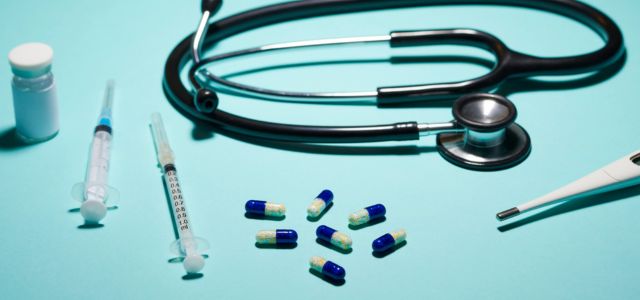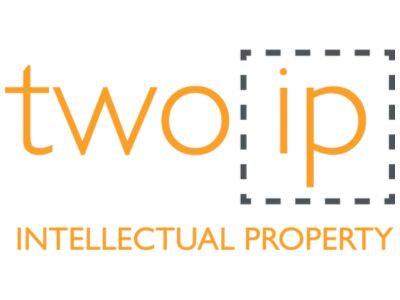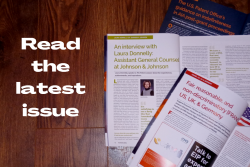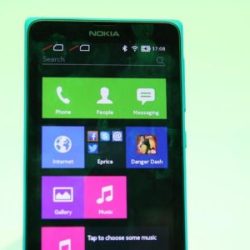The Düsseldorf Local Division of the Unified Patent Court (UPC) has handed down a key decision in UPC CFI 505/2024, affirming the validity of a second medical use patent owned by Regeneron and licensed to Sanofi. The case involved alleged infringement by Amgen’s PCSK9 antibody therapy, Repatha®. While the patent was upheld, the court found no infringement, offering the first substantive insight into how the UPC will approach infringement of second medical use claims.
The patent and the parties
Regeneron’s European patent EP 3 536 712 claims antibody PCSK9 inhibitors for use in reducing lipoprotein(a) [Lp(a)] in a defined patient group with (or at risk of) cardiovascular disease and elevated Lp(a). Amgen’s Repatha®, a PCSK9-targeting antibody, is authorized for lowering LDL-C (low-density lipoprotein cholesterol).
Validity: a strong endorsement of second medical use claims
The UPC confirmed the validity of the patent, finding its claims both novel and inventive. There was no direct and unambiguous disclosure in the prior art of an ability of PCSK9 inhibitors to reduce Lp(a) levels, and if such an effect was inherent in the prior use to reduce LDL-C levels, this was irrelevant to novelty. Furthermore, a skilled person would not have used a PCSK9 inhibitor to reduce Lp(a) levels because various technical reasons would discourage an expectation of success.
The court affirmed that claims to new medical uses of known therapeutics—whether based on new indications or specific patient subpopulations—are patentable, provided they meet established EPC criteria. This decision reinforces second medical use claims as a viable tool for extending exclusivity in the life sciences sector.
Infringement: objective and subjective elements
Although Repatha® falls within the broad functional claim language (“an antibody or antigen-binding fragment thereof that specifically binds PCSK9”), the UPC found no infringement. The court emphasized that infringement of a second medical use claim requires that the product is placed on the market in a way that leads or may lead to the claimed therapeutic use with the alleged infringer’s actual or constructive knowledge.
The indication in the SmPC for Repatha® did not mention Lp(a) reduction, and a case for off-label prescribing had not been sufficiently established. Importantly, the court found that any incidental Lp(a) reduction arising from taking Repatha® was irrelevant for infringement purposes.
Nevertheless, in affirming that analysis of infringement is not limited to the label or SmPC, the court provides patentees with avenues to enforce second medical use claims even in the absence of explicit label overlap.
Antibody claiming: functional definitions
The court did not address the validity of the patent’s functionally defined antibody claim features. Functional definitions remain a point of divergence between European and US practice. The UPC has shown some openness to such claims, while US courts—including the Supreme Court—have invalidated broad functional claims for lack of enablement.
This discrepancy highlights the need for jurisdiction-specific strategies when drafting or enforcing antibody claims. In Europe, functional definitions may still be acceptable, but litigation outcomes are highly fact-specific and evolving.
Strategic implications: value despite non-infringement
While Regeneron’s patent does not block Repatha®’s current indication, it could prevent Amgen from extending its label to include Lp(a) reduction. Conversely, it supports Sanofi’s ability to pursue such a label extension for Praluent®, its own PCSK9 antibody.
Thus, second medical use claims retain strategic value and may allow functionally defined antibody claim features to avoid prior art challenges.
Key takeaways
- Validity confirmed: second medical use claims remain patentable in Europe.
- Infringement assessment considers objective and subjective factors: the inquiry extends beyond the label.
- Antibody innovations require a nuanced IP strategy: jurisdiction-specific strategies are needed.
- Commercial value persists: even where infringement is not found, second medical use patents can prevent competitor label extensions.
Looking ahead
This decision is the UPC’s first major ruling on second medical use claims. An appeal to the UPC Court of Appeal may follow, potentially setting a binding precedent. As the case law matures, drafting and enforcement strategies may need to be revised accordingly.
Read the full court decision here.

Written by Sheena Linehan
European Patent Attorney, Two IP
You may also like…
Pravin Anand conferred with the APAA Enduring Impact Award
Pre-eminent IP Lawyer and Managing Partner of Anand and Anand, Mr Pravin Anand, has been conferred with the...
The quiet power of confidentiality clubs in SEP litigation
In standard essential patent (SEP) disputes, especially those involving FRAND (Fair, Reasonable, and...
A $10 million patent win reduced to a $1 lesson in damages
In a decision that will resonate as a stark warning to patent litigants, the US Court of Appeals for the Federal...
Contact us to write for out Newsletter














